I need to control a 2-way 3-wire 230VAC synchronous motor (6W) driven HVAC valve with SSR. (This is a custom thermostat with heating-cooling valve controller).
The valve internal circuitry is extremely simple with 2 SPDT switches and a camshaft, and breaks the contact if it's on desired position. The motor always rotating in one direction, the valve can rotate 360degs open-close-open-close-etc. Works perfectly with relays.
Now the motor is driven by two SSR with RC-snubber in it. When the valve is driven to open position, and reach it, the "to open" switch is turned off in the valve, and breaks the "To open" line, and a motor stops (another switch still in ON position).
The problem: The motor does not stop on desired position with SSR, because the inactive SSR + internal RC snubber + another closed switch in valve still leaking some current to motor even if the another (recently used) switch is turned off (because reached the desired position). It's in momentum and the motor rotates over the desired position with the little leaking current on other SSR.
My investigations: The SSR is working properly, not SSR failure. If the RC-snubber is removed, the valve working properly. With standard relays also working properly.
My solution tip: one SSR for on-off functionality and standard relay to select the changing direction (and changing only if the SSR is turned off - no load), but I don't want to use relays in this application.
The market has many thermostats with SSR-output 2/3-way valve control option, i dont know why these does not have this issue.
Application is similar to this (check the Valve output wiring): https://becaenergy.com/wp-content/uploads/2020/08/BAC-3000-1.jpg


